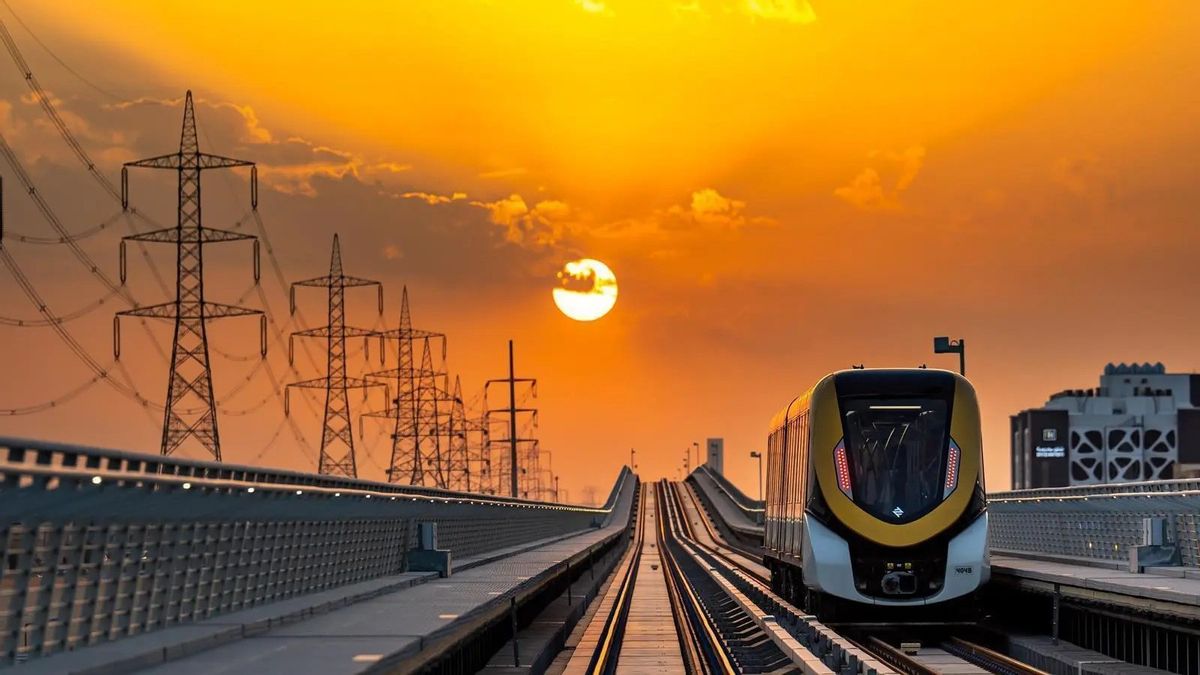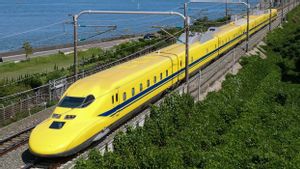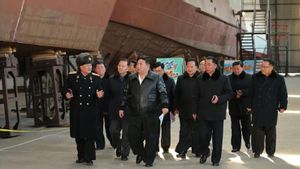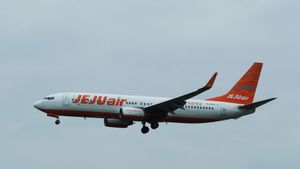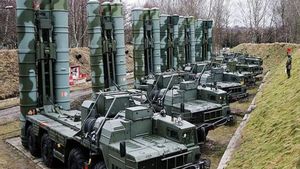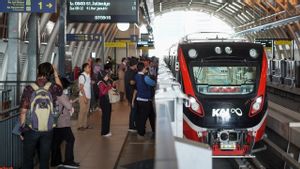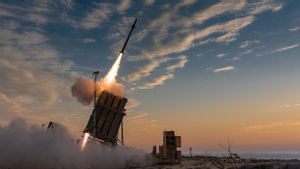JAKARTA - The unmanned metro transportation service was launched in Riyadh, the capital of Saudi Arabia last month, making it the largest in the Middle East and the longest in the world.
The Royal Commission for the City of Riyadh (RCRC) announced that the gradual launch of Metro Riyadh peaked on Sunday, January 5, with the start of the operation of the Orange Route, marking the operation of the six Riyadh Metro routes, citing the Saudi Gazette on January 5.
Line 3 (Oranye Line) which includes Jalan Madinah will connect the eastern part of Riyadh with its western part, and stretch from Jalan Jeddah in the west to the second east ring road adjacent to the Khashm Al-Aan region in the east with a total length of 41 km.
This marks the completion of the gradual operation of six Riyadh Metro network lines in accordance with previously announced plans when the project was inaugurated by Saudi Arabian King Salman bin Abdulaziz Al Saud on 27 November.
The RRC said passengers would be received on the Orange Line at the following five stations: Jeddah Road Station, Tuwaiq Station, Douh Station, Harun Al-Rashid Road Station, and Al-Naseem Station, which is one of the transfer stations connecting the Orange Line and Purple Line, on Sunday starting at 06:00 am local time.
The commission also announced the operation of three new stations on the Blue Line connecting Olaya Street to Batha, namely Al-Morooj Station, Bank Al-Buld Station, and Raja Fahd Library Station.
The three lanes that started operating in the early stages on December 1 are lane 1 (Blue Line); lane 4 (Linging Line); and lane 6 (Ungu Line). In the second stage, two more lanes Line 2 (Red Line) and Line 5 (Green Line) ' will start operating on December 15.
The operation of the six Riyadh Metro network lines will contribute to improving connections between various parts of Riyadh and facilitating transportation for residents and visitors. This service operates from 06.00 to 24.00 daily.
SEE ALSO:
Riyadh Metro, the largest in the Middle East and the world's longest driverless train, consists of a network of six broad main lines, spanning 176 kilometers and connecting 85 stations, including 4 main stations.
Passengers can choose destinations and purchase tickets through the Darb application, or through ticket counters or supermarkets at train stations, or through digital payment methods through banks and credit cards, mobile phones and smart devices.
The English, Chinese, Japanese, Arabic, and French versions are automatically generated by the AI. So there may still be inaccuracies in translating, please always see Indonesian as our main language. (system supported by DigitalSiber.id)
